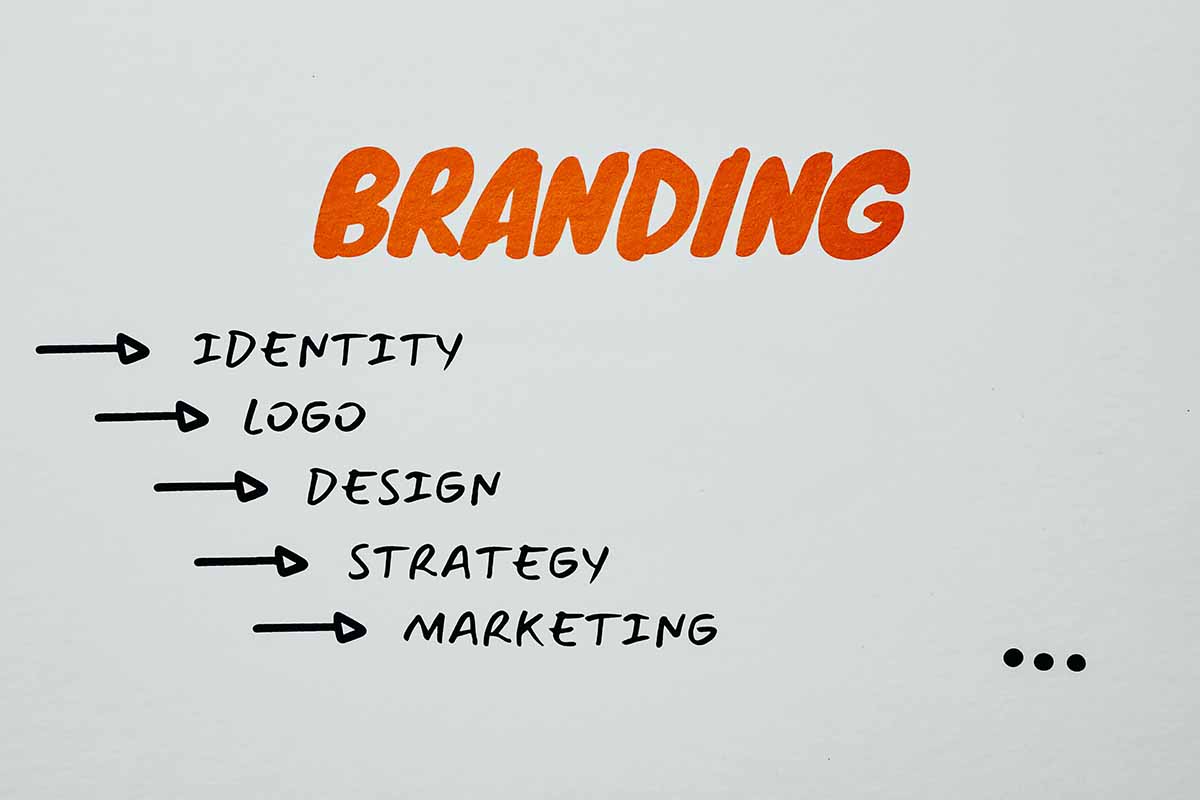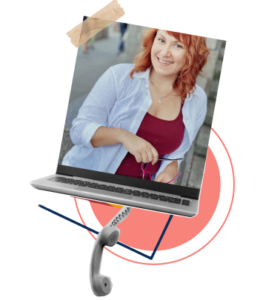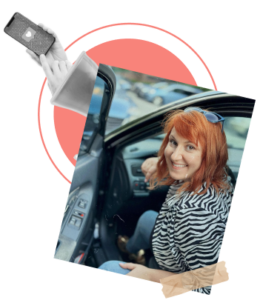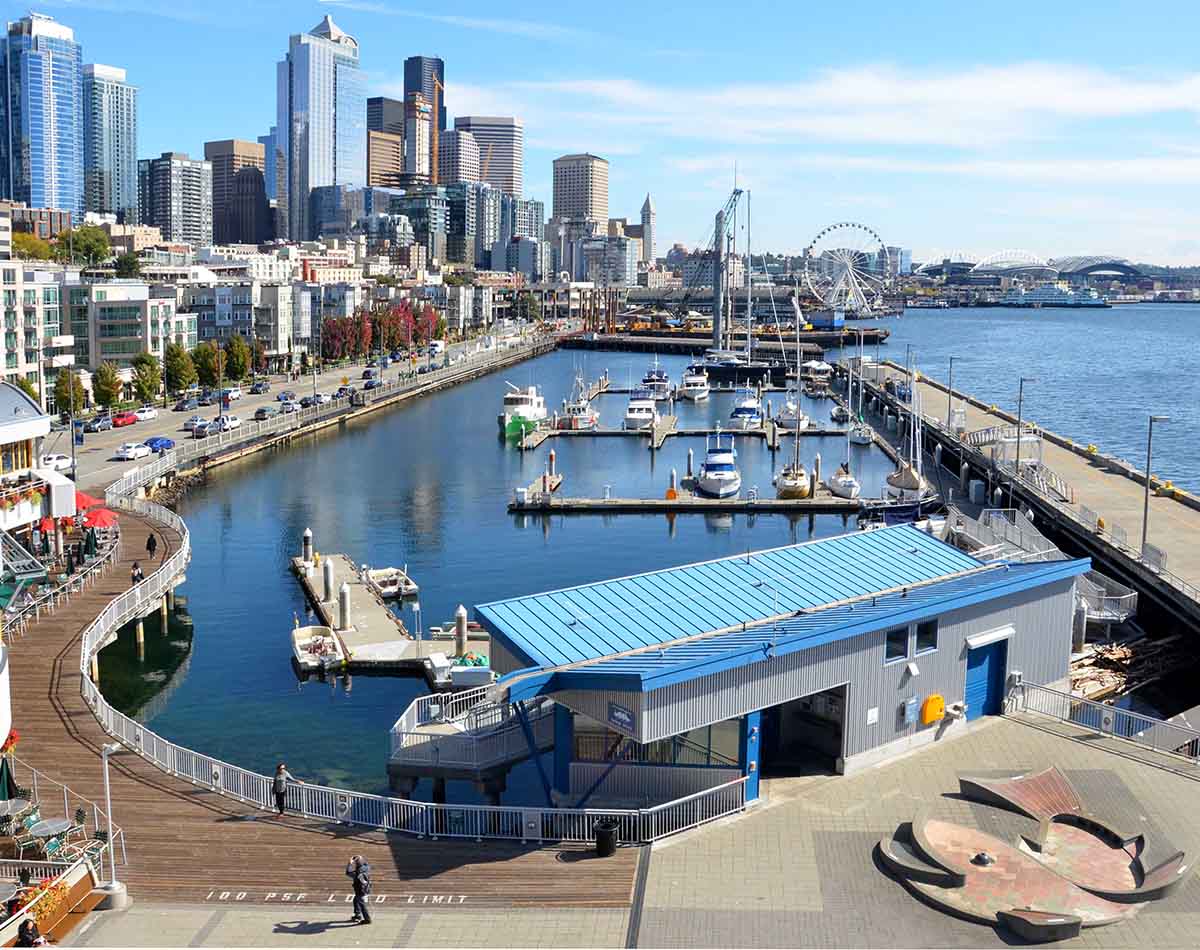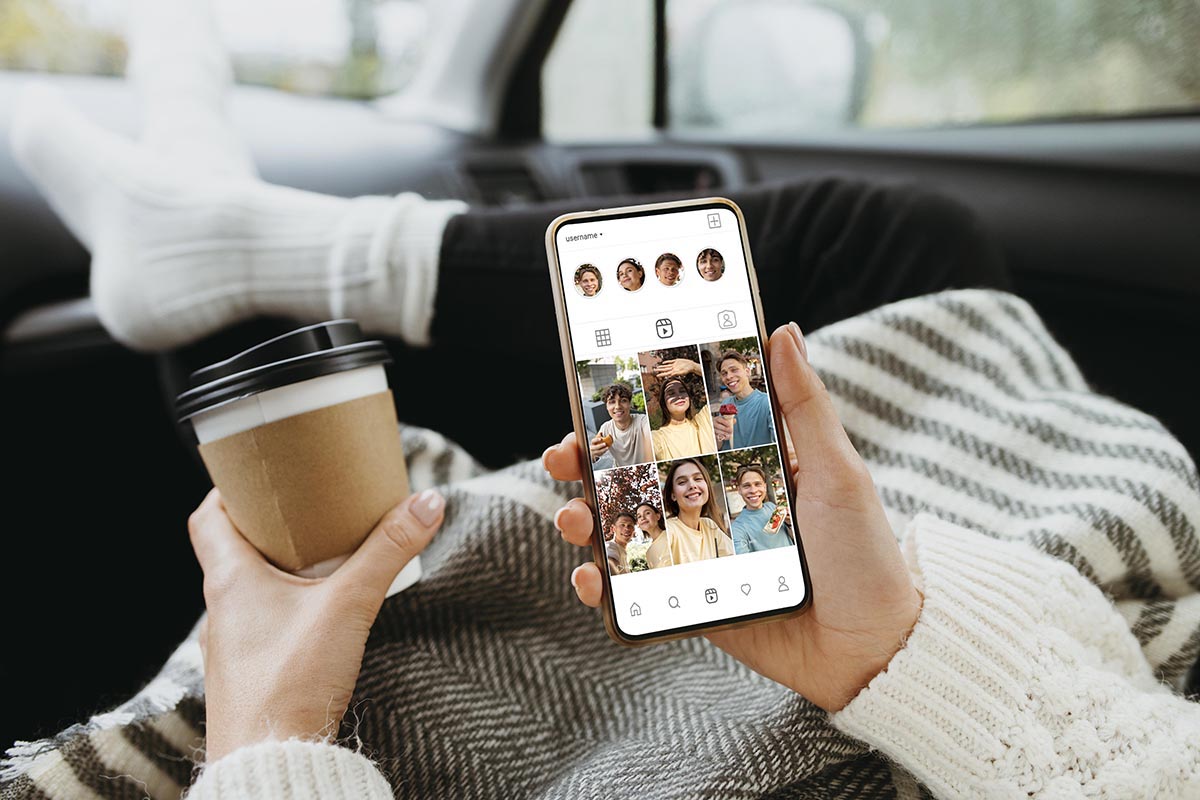How to Make Your Paid Ads Work Better with Your Sales Funnel
Most business owners run paid ads hoping they’ll bring in leads fast.
Sometimes they do, but often the results don’t match the effort or budget.
The truth is, ads alone don’t grow your business — alignment does.
When your paid advertising strategy fits perfectly with your sales funnel, every click brings you closer to a loyal customer.
Your sales funnel isn’t just a fancy marketing term.
It’s a simple way of describing how people move from learning about your brand to finally buying from you.
If your ads speak to the wrong stage of that journey, you’ll waste money attracting people who aren’t ready to buy.
But when you connect your ads to each funnel stage, you’ll turn curiosity into action, and action into growth.
Let’s walk through how to make that happen.
Understanding the Role of Paid Advertising in Your Funnel
Paid advertising only works when it follows a clear direction.
It depends on knowing your audience and understanding where they are in the buying process.
Every sales funnel has three main stages: awareness, consideration, and decision.
Each stage calls for a unique message and ad strategy.
At the awareness stage, people are just discovering your brand.
They’re searching for general information, not specific products or services.
In the consideration phase, they start comparing their options. By the decision stage, they’re ready to buy but may need that final reason to commit.
Many businesses use Google PPC campaign management services to make this process easier.
These services help tailor campaigns for each stage of the funnel — from broad awareness ads to targeted remarketing and conversion-focused strategies.
With expert guidance, you can reach the right audience at the right time and make your ad budget work harder.
When your ads match your funnel, you stop chasing random clicks and start connecting with people who are ready to engage.
Creating Awareness: Targeting the Right Audience Early
The awareness stage is where potential customers first learn about you.
They might not be ready to buy yet, but they’re open to new ideas and solutions.
This is your chance to show up when they start looking for answers.
At this stage, your goal is visibility and connection.
Use ads that educate instead of sell. Share insights that make your audience curious.
For example, if you sell marketing software, create ads that lead to a short guide on improving campaign performance.
These kinds of ads build trust early because they focus on helping, not pushing.
Your targeting also matters.
Use audience insights to define who you want to reach based on their interests, behaviors, and search habits.
Match your visuals and landing pages to the same tone.
If your ad is casual and helpful, your landing page shouldn’t feel corporate or stiff.
Consistency builds familiarity, and familiarity builds trust.
Driving Consideration: Building Trust Through Relevance
Once people know who you are, they need reasons to believe you’re worth their time and money.
That’s what the consideration stage is all about — showing that your solution fits their needs.
Here, your ads should focus on proof and value. Share success stories, customer reviews, or behind-the-scenes details about your product or service. Remarketing campaigns can also make a big difference.
When someone visits your website but doesn’t take action, showing them relevant ads later keeps your brand in their mind.
Relevance is key. Don’t repeat the same general message that worked in the awareness stage. Instead, tailor your ads to the specific challenges or questions your audience might have now.
Maybe they’re comparing prices or looking for added benefits.
Use your ad copy to speak directly to those concerns.
Trust also comes from transparency. Clear messaging, honest offers, and visible reviews all build credibility.
When your audience feels you understand their needs, they’re more likely to choose you over someone else.
Converting Interest into Action
This is where it all comes together. The decision stage is the moment your audience decides whether to act.
Your job is to make that decision easy.
At this point, your ads should be focused and clear. Show strong offers, simple pricing, or limited-time deals to create a sense of urgency. Every element — from your ad copy to your landing page — should guide the user toward one clear action.
Don’t distract them with too many options or confusing navigation.
Conversion-focused campaigns also rely heavily on tracking.
You need to know which ads, keywords, and messages drive real results.
That’s how you identify what’s working and what needs improvement.
Tools like conversion tracking and analytics can show where leads drop off, helping you adjust your strategy fast.
Personalization can help, too.
Dynamic ads that match the user’s previous behavior often perform better than generic ones.
If someone viewed a specific service page, show them an ad about that service instead of a general promotion.
The more specific the experience, the higher your chances of conversion.
Measuring and Refining for Continuous Growth
Aligning your ads with your funnel isn’t a one-time effort.
Customer behavior changes, competition evolves, and market trends shift. What worked six months ago might not work today.
That’s why continuous improvement is essential for sustainable growth.
Start by reviewing performance data regularly
. Look at your conversion rates, cost per click, and customer acquisition costs.
Identify which ads bring in qualified leads and which ones only drain your budget. Then, adjust your targeting, copy, or landing pages accordingly.
Testing is a key part of improving performance.
Try running split tests on your headlines, visuals, and calls-to-action to learn what resonates most with your audience. Even small adjustments can add up to meaningful gains over time.
Consistency is what turns advertising into a growth engine.
Keep refining your funnel and ads together, not separately. As your funnel evolves, your ad strategy should follow.
That’s how you maintain steady, long-term results instead of short bursts of traffic that fade away.
The best advertising strategies don’t chase quick wins — they build predictable systems.
When your paid ads align with your sales funnel, you create a marketing process that supports growth month after month.
You’ll waste less money, attract better leads, and convert them more efficiently.
Think of it as keeping every part of your marketing team in sync.
Your ads attract attention, your funnel guides the journey, and your content builds trust.
When those pieces work together, your business doesn’t just grow — it grows sustainably.
